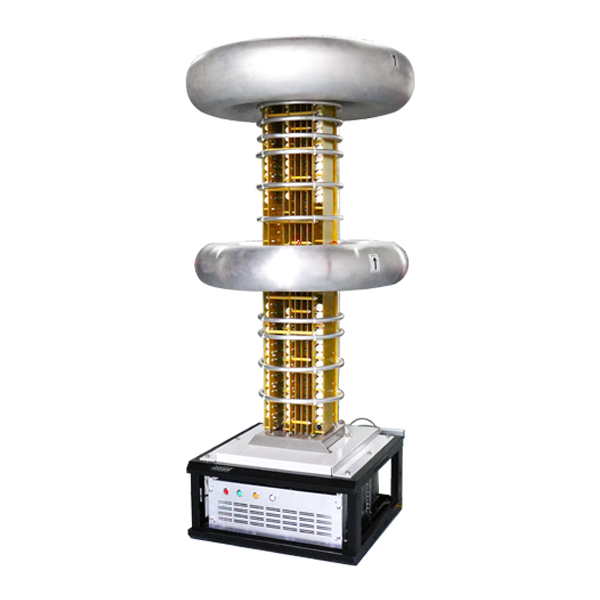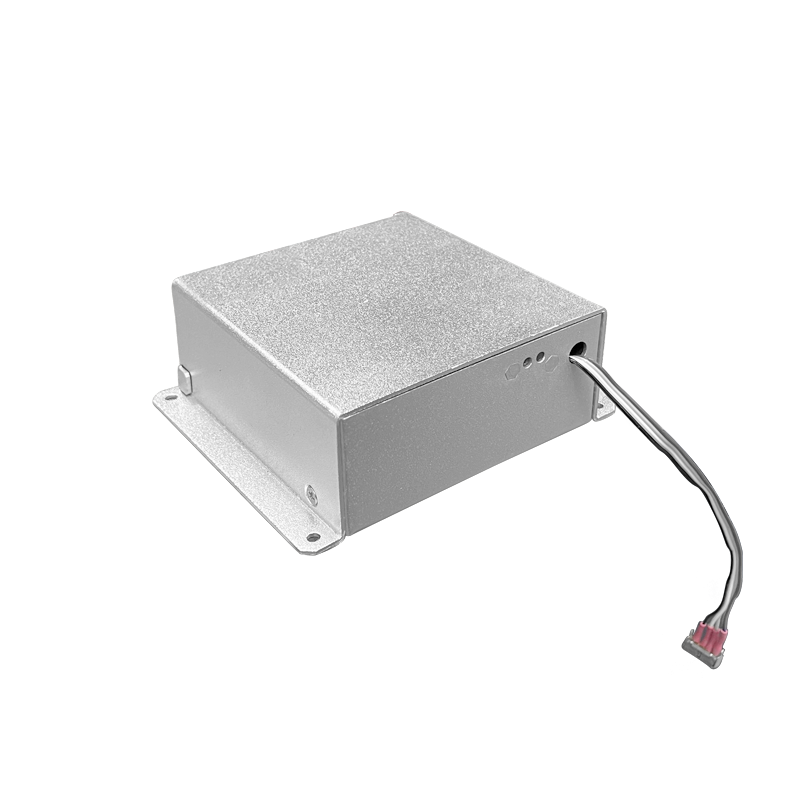Application of High-Voltage Generators in Material Surface Treatment
In the field of materials science and engineering, material surface treatment technology is of great significance for improving material performance and expanding application scope. As a device capable of outputting high voltage, high-voltage generators play a crucial role in the material surface treatment process by generating strong electric fields, high-energy particle beams, etc., and are widely used in various treatment processes.
In plasma surface treatment, high-voltage generators are core devices for generating plasma. By applying high voltage, gases are ionized to form plasma. The active particles in the plasma, such as ions, electrons, and free radicals, can undergo physical and chemical reactions with the material surface. For example, when modifying the surface of polymer materials, the high-energy particles in the plasma bombard the material surface, breaking the surface molecular chains and introducing polar groups, thus significantly improving the hydrophilicity and adhesion of the material surface. In the surface treatment of metal materials, plasma treatment can remove the surface oxide layer and contaminants, and at the same time form a nanoscale rough structure, enhancing the bonding force between the coating and the substrate.
High-voltage generators are also indispensable in the corona treatment process. Corona treatment is carried out under normal pressure, using the high voltage generated by the high-voltage generator to form corona discharge between the electrode and the material surface. The high-energy particles generated by this discharge can etch and oxidize the material surface, changing the chemical composition and physical structure of the material surface. For example, before the printing and lamination processing of plastic films, corona treatment can effectively increase the surface energy of the film surface, allowing inks and adhesives to adhere better, thereby improving the printing quality and lamination strength.
In addition, in the electrophoretic coating process, high-voltage generators provide the required electric field for the electrophoresis process. Under the action of the electric field, charged coating particles migrate and deposit on the material surface, forming a uniform coating. By adjusting the output voltage of the high-voltage generator, the deposition rate of coating particles and the coating thickness can be precisely controlled to achieve high-quality coating effects. Compared with traditional coating processes, electrophoretic coating has the advantages of uniform coating, good anti-corrosion performance, and high coating utilization rate, and the stable operation of high-voltage generators is the key to ensuring the realization of these advantages.
With the continuous development of materials science, the requirements for material surface treatment are increasingly high. In the future, high-voltage generators will develop towards higher voltage output, more precise voltage control, more stable performance, and integration with other technologies to meet the continuous innovation and upgrading needs of material surface treatment technology, providing stronger support for the research and development and application of new materials.




















